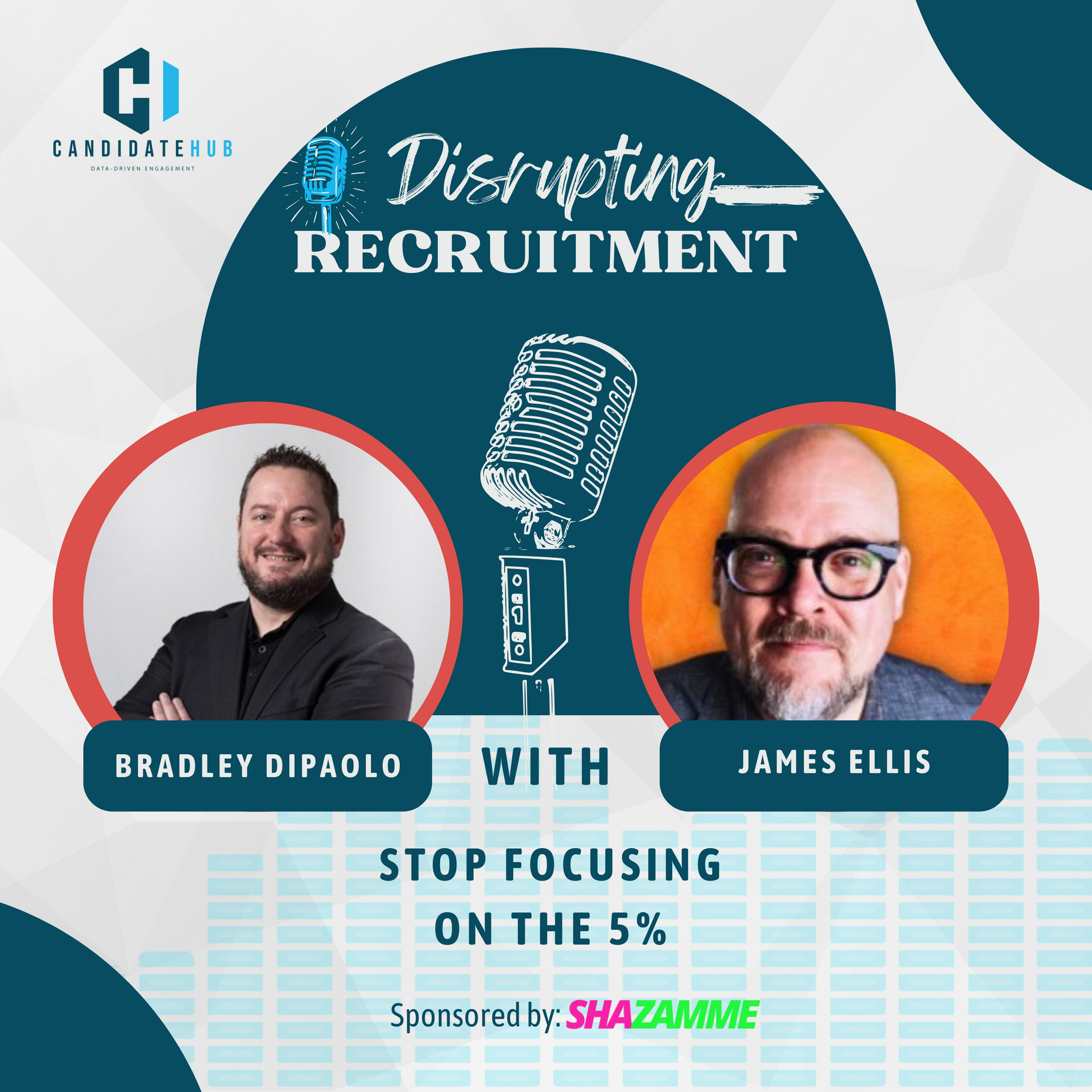
Discover the transformative power of candidate recycling in recruitment. Explore how marketing automation and scoring systems can revitalize your talent pool, reduce costs, and enhance candidate experience. Unlock the untapped potential in candidates who weren't initially hired, and revolutionize your recruitment strategy for long-term success.

In today’s competitive job market, attracting and engaging top talent is a crucial aspect of any successful recruitment strategy. As the digital landscape continues to evolve, adopting an e-commerce approach to candidate engagement can provide significant advantages. Leveraging the principles of e-commerce in your recruitment process can help you create an exceptional candidate experience, streamline […]

We are thrilled to announce that CandidateHub has been named one of the top Canadian startups by CanadaVenture.news. This recognition is a testament to the hard work and dedication of our team, and we are honoured to be included on this prestigious list. About CanadaVenture.news: CanadaVenture.news is the leading platform for discovering the most promising […]

As a business owner or HR professional, you likely understand the importance of using an applicant tracking system (ATS) to manage your recruitment and hiring processes. But did you know that outdated data in your ATS can actually be costing you money? In this post, we’ll discuss the financial impact of outdated ATS data, and […]

Knowing your Ideal Candidate Profile (ICP) What is a Candidate Profile? A Candidate Profile is a representation of what your ideal candidate looks like. We call this your ICP. This is not skills, experience, or a list of competencies that HR typically looks for in a candidate. Those attributes are important, but they are not […]






